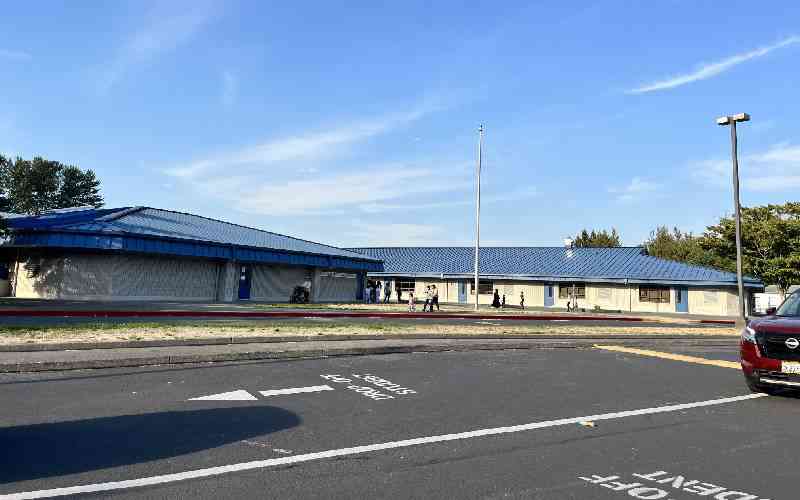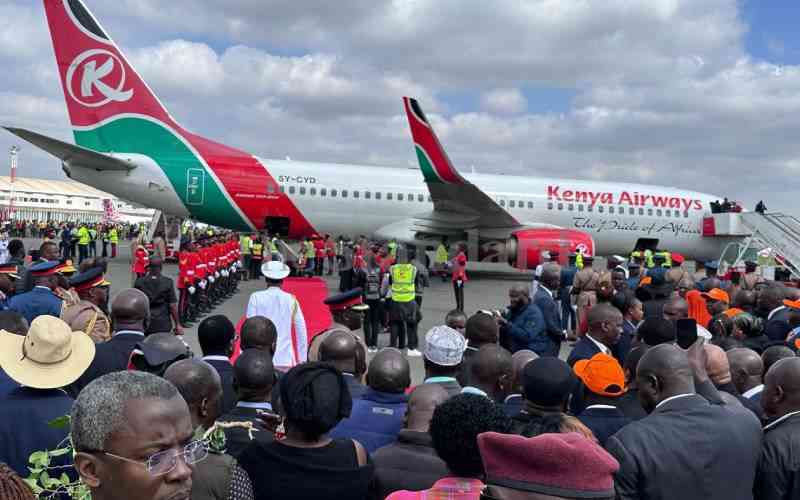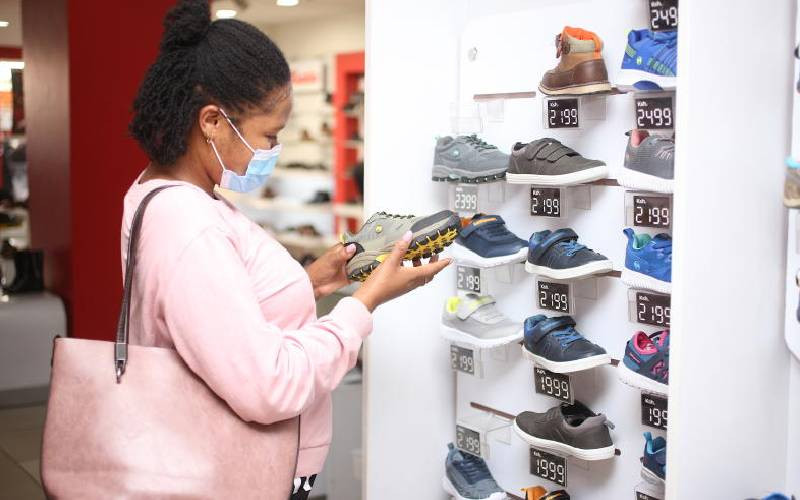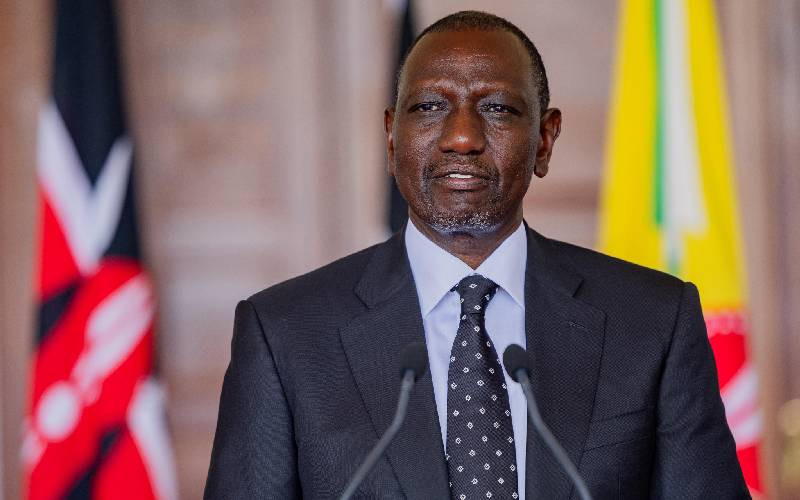×
The Standard e-Paper
Join Thousands of Readers

An elementary school in Kent, near Seattle, in the United States. [XN Iraki, Standard]
Can you recall factual films that once kept the rural areas awake? My primary school classroom faced the road to the marketplace, where the movies were screened in the open air.







